Brownfields and Land Revitalization in EPA Region 5
The Land Revitalization Program in Region 5, which includes Illinois, Indiana, Michigan, Minnesota, Ohio, and Wisconsin, is focused on restoring land and other natural resources into sustainable community assets that maximize beneficial economic, ecological and social uses to ensure protection of human health and the environment.
On this page:
- Brownfields Technical Assistance
- Materials for Brownfields Grants
- Stories from Around the Region
- Highlights from Region 5
- State Cleanup Programs within Region 5
- State & Tribal Response Programs Agreements
- Federally Recognized Tribes with 128(a) Brownfields Programs
Brownfields Technical Assistance
Targeted Brownfields Assessments (TBAs)
Subtitle A of the Small Business Liability Relief and Brownfields Revitalization Act authorizes the United States Environmental Protection Agency (EPA) to establish a program to perform Targeted Brownfields Assessments (TBAs) such as Phase 1 and Phase 2 environmental assessments at properties within Region 5 at no cost to local governments, quasi-governmental agencies and tribes. Information gathered from a TBA gives local governments and Prospective Purchaser a better understanding of potential contamination issues at Brownfields sites in their communities.
EPA Region 5 has limited resources to help communities complete these TBAs.
This resource will be distributed on a first-come, first-served basis as funding allows and at sites selected in accordance with the criteria identified in the TBA fact sheet. (1)
EPA will select sites in accordance with the criteria outlined in the Targeted Brownfields Assessments Fact Sheet (PDF) (2 pp, 1.35 M, About PDF). In making final decisions on distribution of this resource to applicants, EPA may consider a balanced distribution among the Region 5 States and Tribes. EPA will review the request(s) and determine whether the property itself and the site assessment work are eligible; EPA will document that decision. Upon approval of TBA funding, EPA and/or the State can help refine community assessment needs, work expectations and timeliness.
- Complete and send the Sample Request Letter Sample Request Letter (DOC)(2 pp, 27 K, 6/2019) (2 pp, 26 K)
- Complete and send the TBA Eligibility Questionnaire (DOC) (5 pp, 42 K)
- Complete, sign and send the TBA Access Consent Form.
For further information regarding the EPA Region 5 TBA Program, please contact Brad Stimple at 440.250.1717 or by email at stimple.brad@epa.gov.
Technical Assistance to Brownfields (TAB)
The brownfields TAB program provides technical assistance to brownfields communities and stakeholders. TAB providers serve as independent resources and can provide expert technical assistance and guidance for parties interested in acquiring, assessing, cleaning up and redeveloping brownfields properties. The TAB program is funded by EPA and available to all stakeholders. Technical Assistance to Brownfields (TAB) Communities Program provides information on TAB providers by region of the country and on the types of assistance available through the program.
Materials for Brownfields Grants
Grant Application/Amendment Forms
- SF-424 Application for Federal Assistance (PDF) (3 pp, 265 K, SFF)
- SF 424A Budget Information – Non-Construction Programs (PDF) (3 pp, 314 K, SFF)
- Standard Form 424B Assurances – Non-Construction (PDF) (2 pp, 113 K, SFF)
- Standard Form LLL Disclosure of Lobbying Activities (PDF) (1 pp, 204 K, SFF)
- EPA Form 4700-4 Pre-award Compliance Certification (PDF) (3 pp, 85 K, SFF)
- EPA Form 6600-06 Certification Regarding Lobbying (PDF) (1pp, 430 K, SFF)
- EPA Form 5700-54 Key Contacts Form (PDF) (2 pp, 133 K, SFF)
Stories from Around the Region
Select Brownfields and Land Revitalization success stories from Region 5 are listed below.
Duluth, MN
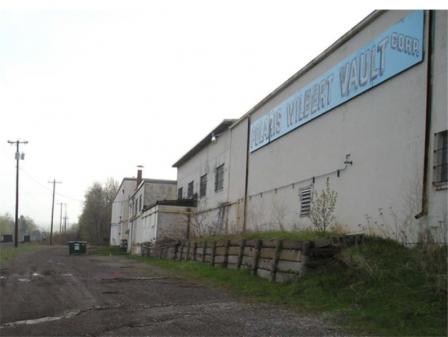
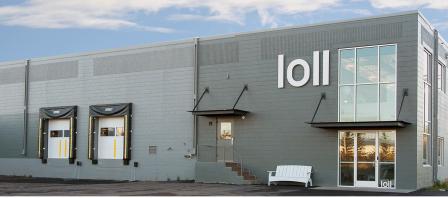
In 2005, a former cement fabrication facility that manufactured septic tanks and sewer culverts began making contemporary furniture and kitchen products now employs over 60 workers in 3 locations in Duluth and Superior, WI. Loll has a $6M/yr retail base and has also had larger clients including entities such as the Chicago Park District and the Seattle Public Library system.
Cuyahoga Falls, OH

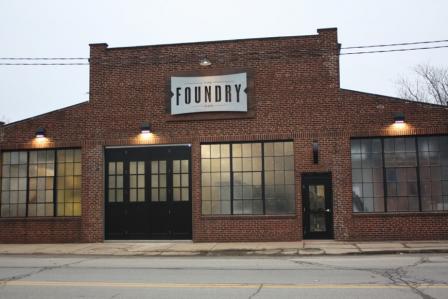
Formerly vacant and abandoned Falls Stamping and Welding, Cuyahoga Falls, OH is now the Foundry - a small 15 person advertising company that had outgrown its previous space. It now enjoys Cuyahoga River access.
Canton, IL
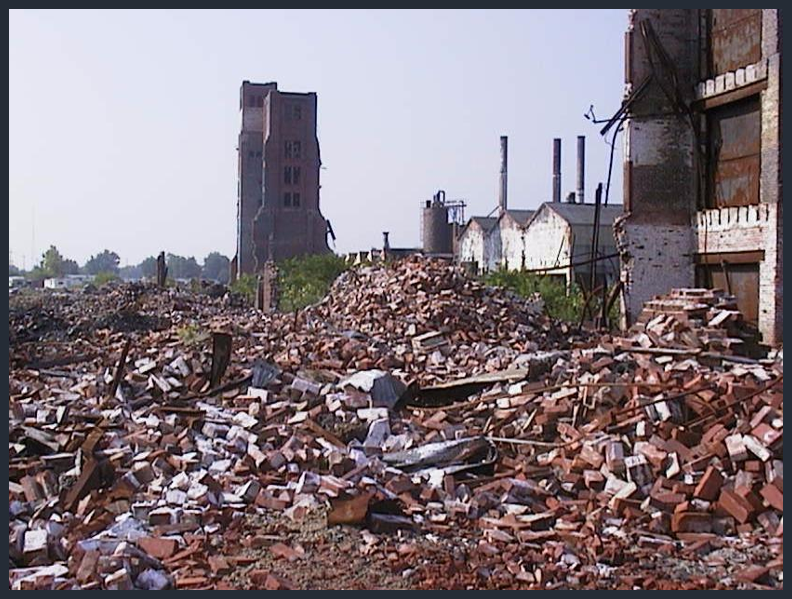

The International Harvester Plowshares Plant in Canton, IL closed closed in 1983 after 100 years of operations, resulting in 3,000 layoffs. It burned in 1997—flames could be seen in Peoria 25 miles away. After extensive cleanup, $23,000,000 in 2 phases of plant construction by Cook Medical created 300 jobs. There has been an additional $42M in development in Canton since the Cook construction.
Athens, OH
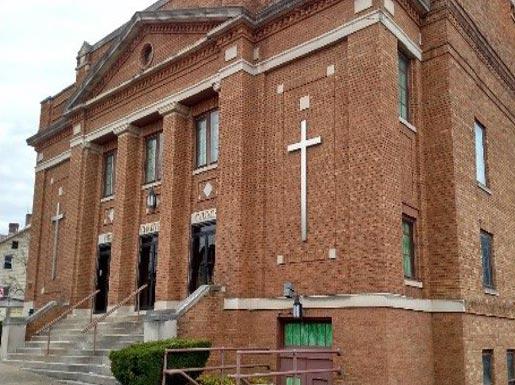

Church in Athens, OH built in 1916 and on the National Register of Historic Places. The Athens County Port Authority utilized EPA Assessment Grant funds for a Phase 1 ESA to facilitate sale of the Church to the Athens County Historical Society. The building was subsequently repurposed into the Southeast Ohio History Center.
Detroit, MI
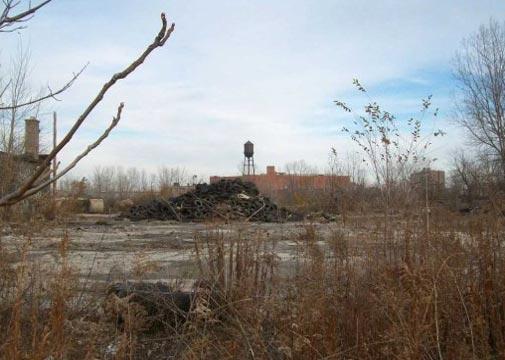
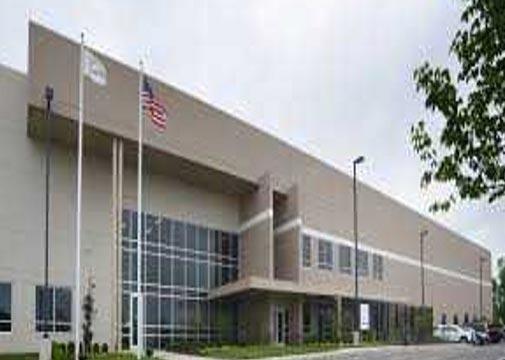
Property in northcentral Detroit formerly occupied by abandoned houses and industrial factories. The Detroit Wayne County Port Authority used EPA RLF Grant funds to cleanup the site and it was redeveloped into a medical supply warehouse.
Jackson, MI
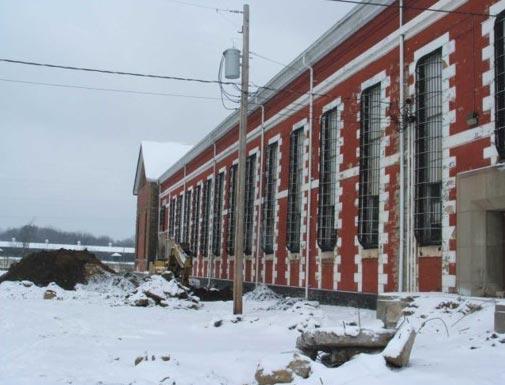

Property in Jackson, Ml formerly utilized as the Jackson State Penitentiary. The Jackson County Brownfield Redevelopment Authority used EPA Assessment Grant funds to perform a Phase 2 ESA on the site before repurposing the prison into an affordable housing complex known as the Armory Arts Apartments.
Madison, WI
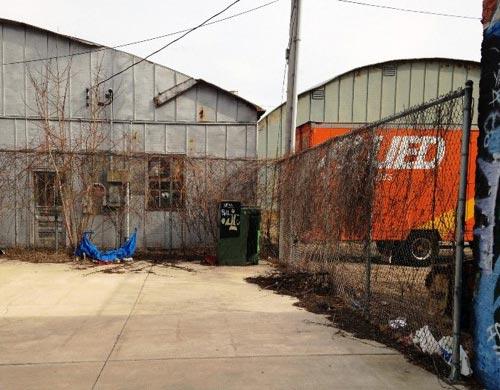
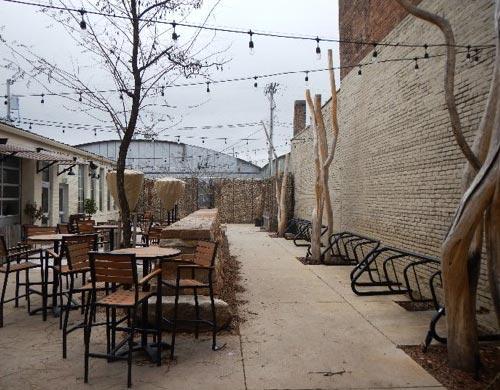
Property in Madison, WI formerly utilized as a storage area by a landscaping services company. The City used EPA Assessment Grant funds to perform a comprehensive Phase 2 ESA at the site which identified PAH-contaminated fill that was subsequently remediated. The site was redeveloped into a supportive housing facility for the chronically homeless.
Madison, WI
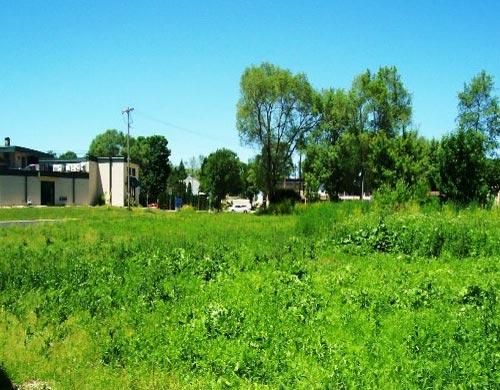
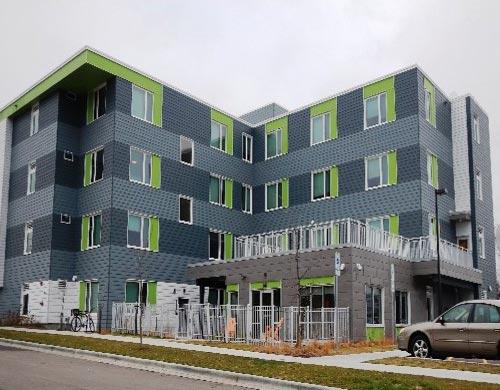
Property in Madison, WI formerly occupied by a dry cleaner and printing company. The City utilized EPA Assessment Grant funds to perform Phase I and 2 ESAs at the site and it was subsequently redeveloped into a restaurant complex.
Bay City, MI
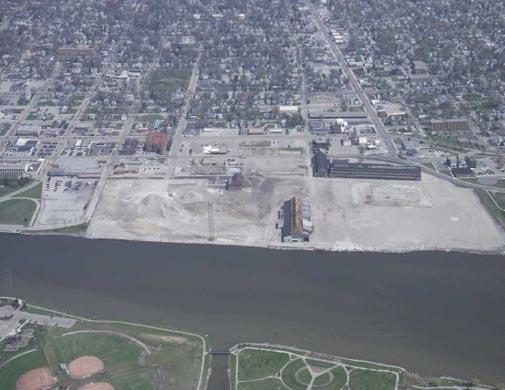
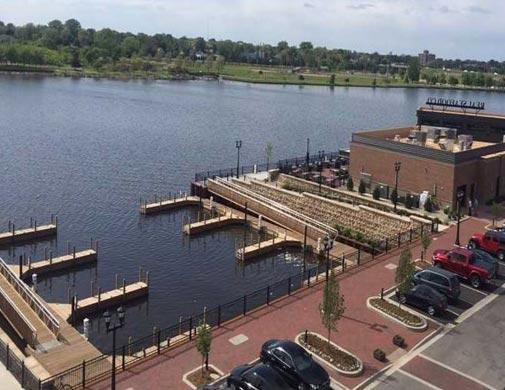
40 Acre property in Bay City, Ml along the Saginaw River formerly occupied by industrial facilities which contaminated the soil and groundwater. EPA Brownfield funding totaling over $3 million allowed the area to be redeveloped into a waterfront development complete with businesses, residences, a riverwalk, and a marina.
- NPL Reuse Success Stories
- Region 5 Land Revitalization Success Stories
- Success Story Posters from the Brownfields 2017 Conference
- Region 5 Videos:
Highlights from Region 5
-
- On the Road to Reuse: Residential Demolition Bid Specification Development Tool
- EPA Region 5 report and bid specification development tools for use by cities, counties or land banks undertaking large-scale residential demolitions
- Brownfields and Urban Agriculture: Interim Guidelines for Safe Gardening Practices
- EPA Region 5 hosted a workship to identify safe practices for testing , soil management , and growing food on Brownfields sites
- Urban Farm Business Plan Handbook: EPA Region 5 worked with local Toledo partners to develop a planning toolkit based on a business plan created for the Fernwood Growing Center in Toledo, OH. The Urban Farm Business Plan Handbook provides a framework for any organization or community interested in developing an urban farm on cleaned brownfields or vacant sites to help address neighborhood blight, food access, or community development challenges. The handbook provides guidance on how to assemble marketing, operating, and financial strategies to communicate your urban farm project to potential partners and funders. To guide your responses, questionnaires related to each section as well as financial spreadsheets are also included.
- Removing Market Barriers to Green Development
- In order for green practices to be incorporated into the marketplace, their financial value needs to be quantified and recognized. This 2008 document addresses the barriers to proper valuation of Green Building in detail
- On the Road to Reuse: Residential Demolition Bid Specification Development Tool
State Cleanup Programs within Region 5
The following links exit the site Exit
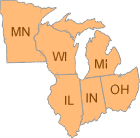
- Illinois Environmental Protection Agency
- State of Indiana Brownfields Program
- Michigan Department of Environment, Great Lakes and Energy
- Minnesota Pollution Control Agency
- Wisconsin Department of Natural Resources
- Ohio Environmental Protection Agency
State & Tribal Response Programs Agreements
Federally Recognized Tribes with 128(a) Brownfields Programs
- Bad River Band of Chippewa Indians, Wisconsin
- Fond Du Lac Band Lake Superior Chippewa, Minnesota
- Grand Traverse Bay Band, Michigan
- Keweenaw Bay Indian Community, Michigan
- Lac Du Flambeau, Wisconsin
- Leech Lake Band of Ojibwe, Minnesota
- Little River Band Ottawa, Michigan
- Little Travese Bay Bands of Odawa Indians, Michigan
- Lower Sioux Indian Community, Minnesota
- Match-E-Be-Nash-O-Wish/Gun Lake, Michigan
- Menominee Indian Tribe of Wisconsin, Wisconsin
- Mille Lacs Band of Ojibwe, Minnesota
- Nottawaseppi Huron Band Potawatomi, Michigan
- Oneida Nation Wisconsin, Wisconsin
- Red Cliff Band of Lake Superior Chippewa, Wisconsin
- Red Lake Band, Minnesota
- Saginaw Chippewa, Michigan
- St. Croix, Wisconsin
- Sault Ste. Marie Tribe, Michigan
- White Earth, Minnesota
